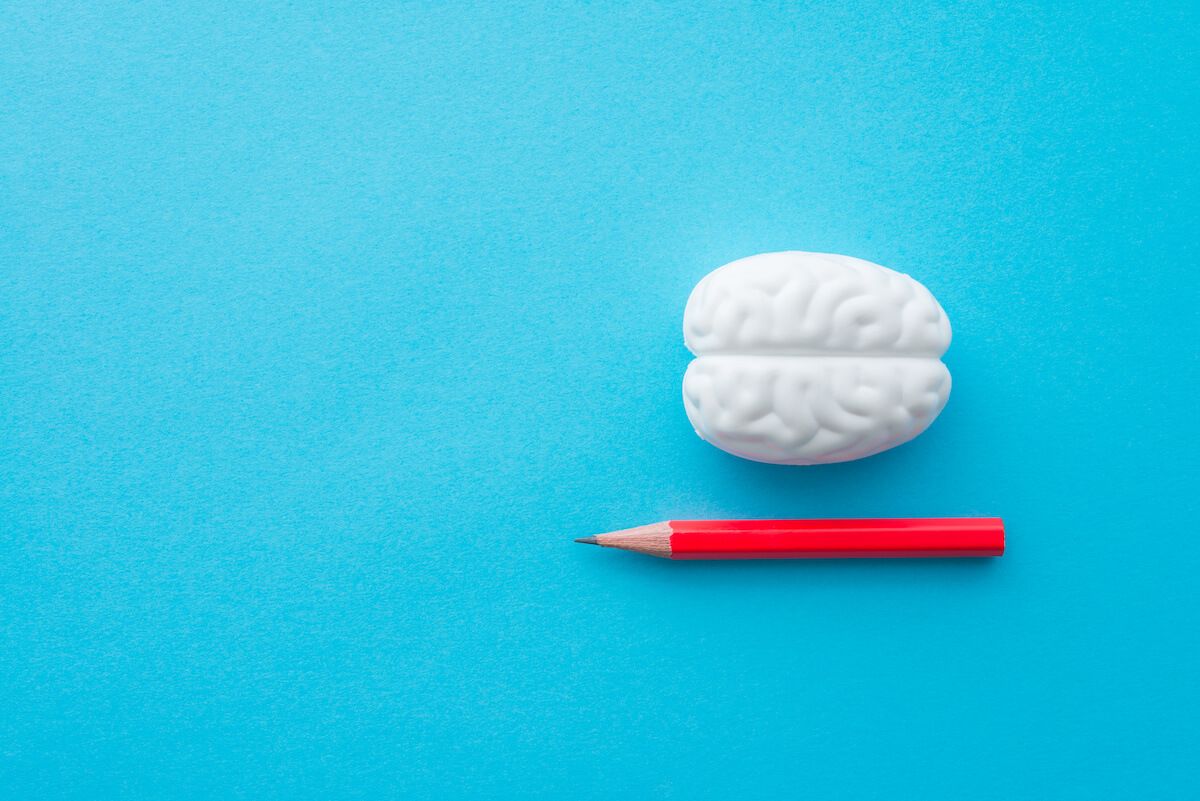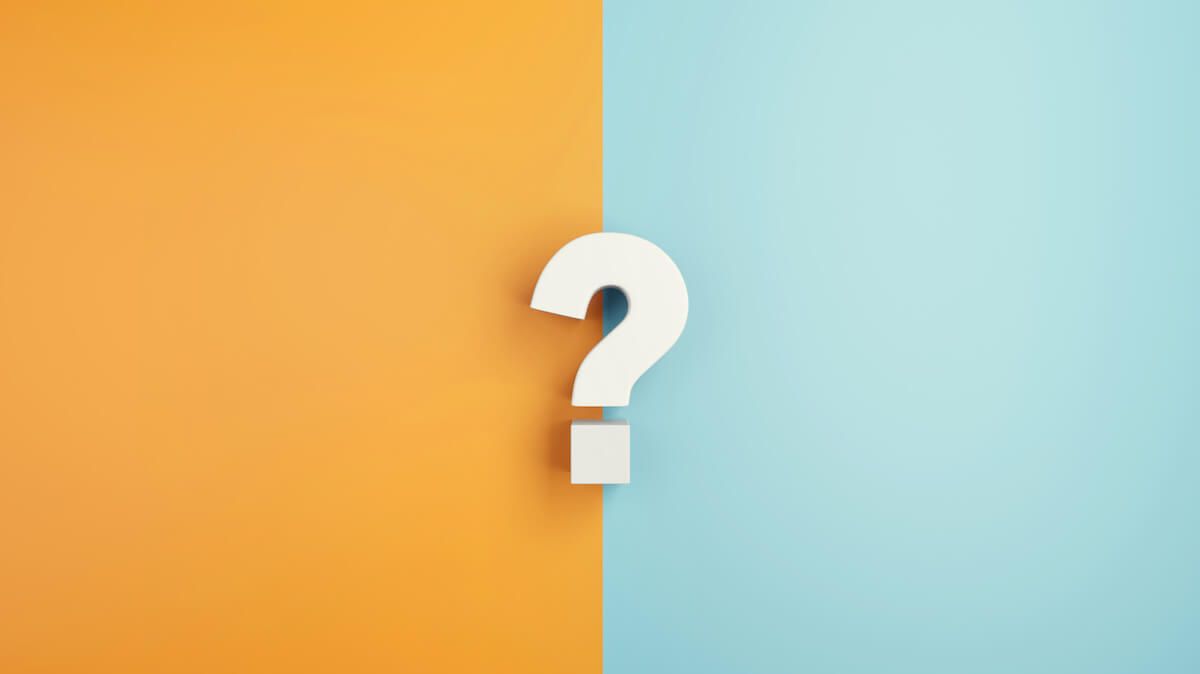Think back to a school class you attended as a child. Try to pick a course full of facts to memorize, like a geography or math class full of equations. If you were given a test you took in that course now, would you pass? How much of the information presented in that course can you still recall?
Now take a moment to remember a mnemonic or rhyme you learned during those school years. Maybe you're thinking of ROYGBIV or "Thirty days hath September…." Chances are you can still remember these acronyms (the colors of the rainbow and the number of days in a month, respectively) and their meanings pretty well.
The cute little rhymes and acronyms we learned as kids are more than memorization tools. These learning experiences were successful because they helped us associate new material concepts with visual images, ideas, and emotions we already understood. This is called meaningful learning.
Meaningful learning helps you make connections between new concepts and your previous knowledge and experiences. Creating meaningful learning connections will enhance your understanding of a subject and help you recall new material more efficiently — and we can continue to use this type of learning as adults.
Let’s explore how the theory of meaningful learning developed, what makes it effective, and how you can use this type of learning to enhance your own knowledge.

The meaningful learning theory was developed by psychologist David Ausubel in the late 1960s. He drew inspiration from constructivism, which suggests that people learn by connecting new information to existing knowledge. Ausubel took this idea further, proposing that meaningful learning is most effective when learners actively connect new information with previous knowledge.
Ausubel's theory centers on a hierarchy of knowledge that he calls a cognitive structure. An individual's cognitive structure comprises all the concepts, facts, and ideas accumulated over their lifetime. According to the meaningful learning theory, as we encounter new things, we bring them into this structure. Active learning takes place as we evaluate, verbalize, and reflect on the connections between new material and our prior knowledge.
Through a process Ausubel called anchoring, we establish new connections between our current cognitive structure and new information. Anchoring new knowledge to existing concepts makes learning more meaningful than other methods, such as memorization and rote learning.
Although he drew inspiration from constructivists and Jean Piaget's cognitive development theory, Ausubel’s theory differs in that meaningful learning isn't limited to any specific stage of development. Ausubel believed that the only requirements for meaningful learning are material relevant to the learner's current cognitive structure and the willingness and ability to form relevant associations. If these conditions are present, meaningful learning can take place.
Meaningful learning concepts are often applied to students in classroom learning environments, with teacher-led active learning techniques designed to foster student learning. However, meaningful learning isn't limited to school-age children or formal education settings. Study results also identify "informal, everyday, spontaneous activities" as learning opportunities.
Regardless of the context, in-depth research analysis reveals that meaningful learning experiences share five common characteristics. Meaningful learning activities are:
When meaningful learning is engaged, learners experience complete comprehension of the subject matter and long-term retention of knowledge.

Because of its proven efficacy and applicability to all ages, meaningful learning can take many forms. It's widely used in classrooms as a teaching tool to help students learn and retain information. In this setting, activities like discussions, projects, problem-solving, and experiments support meaningful learning.
In everyday life, meaningful learning happens in many ways—when children learn through play or when adults learn a new skill. Opportunities for meaningful learning are everywhere, from talking with friends and exploring nature to reading an exciting book or experimenting in the kitchen. Here are just a few examples:
In all of these examples, meaningful learning is evidenced by the learner's ability to connect the material with their prior knowledge. By actively engaging in information processing and applying meaningful learning strategies, learners can gain new insights that are relevant and memorable.

One of the foundations of Ausubel's theory is that learning should be centered around meaningful concepts called advance organizers. These tools help the learner integrate new information and connect it to their existing knowledge of a subject. In his book, “Educational Psychology: A Cognitive View,” Ausubel said:
"The most important single factor influencing learning is what the learner already knows. Ascertain this and teach him accordingly."
The teacher typically provides advance organizers through lectures, activities, or assignments in a classroom setting. But meaningful learning isn't limited to classrooms. As a self-learner, you can use specific strategies as advance organizers to maximize your understanding of new learning experiences. Here are seven tips for incorporating meaningful learning into your self-study.
Before learning something new, take some time to reflect on what you already know about it. Have you encountered the same concepts or ideas in other areas? How do they fit into a larger context? Can you relate them to your own life experiences? Identifying the most relevant concepts and ideas in your learning material will help you make connections between what you already know and new material as you learn.
A concept map is a graphic organizer often used as a form of visual note taking. A map organizes learning material using words, circles, and lines to represent concepts and ideas. Writing out key points and thoughts helps you visualize the structure of the topic and identify significant connections. A map can also reveal conceptual errors, leading to a deeper understanding of the topic.

Asking questions can help you dive deeper into the material, challenging your understanding and pushing you to think critically about a topic. Questioning is especially important for self-learners who often lack opportunities for meaningful dialogue to discuss their ideas with other learners. Asking significant questions also helps uncover gaps in your knowledge and reinforce meaningful concepts.
Real-world examples can help you apply meaningful learning concepts to everyday life, making them more meaningful and memorable. Think about your life experiences or find relevant examples from other sources like current events. Meaningful learning requires integrating new concepts into your existing knowledge and experience, so the closer the example is to something you already know, the better your retention of knowledge.
Explaining a concept or idea to someone else is a great way to deepen your understanding. Teaching someone else forces you to think critically about the material, helping you identify relationships between concepts and any gaps or areas of uncertainty in your knowledge. It also allows you to hear feedback from another person, making the experience more relational (a key characteristic of meaningful learning). Richard Feynman also emphasized the importance of this learning technique in the "explain it to a 12-year-old" step of his instructional philosophy.
One of the most essential steps in learning is taking smart notes. To make your notes more meaningful, incorporate mentions of your existing knowledge, questions generated during your study sessions, and relevant examples you come across. Re-reading your notes and further annotating the text is a good way to review materials and discover any meaningful learning connections you may have missed. Thoughtful reflection will ensure that the information is meaningful and relevant to your life experiences.
Meaningful learning isn't just about understanding and retaining information—it's also about applying that knowledge in the proper context. After studying a concept, try to find ways to apply it to your everyday life. Can you use the idea in problem-solving or decision-making? Can you share it with someone else and help them solve a problem? Meaningful learning is only meaningful if it can be applied to real situations and used to make a difference.
Meaningful learning is a powerful tool for knowledge acquisition. Making meaningful connections between existing knowledge and new material will help you better understand the concept. This allows you to retain information more effectively and use it to solve real-world problems.
Meaningful learning activities can take many forms—from classroom experiments to hands-on learning in everyday life. No matter the context, meaningful learning encourages learners to engage with their environment, ask questions, and use past knowledge to make sense of new experiences. Through this process, we can more effectively understand the world around us and use that knowledge to make a real difference.
I hope you have enjoyed reading this article. Feel free to share, recommend and connect 🙏
Connect with me on Twitter 👉 https://twitter.com/iamborisv
And follow Able's journey on Twitter: https://twitter.com/meet_able
And subscribe to our newsletter to read more valuable articles before it gets published on our blog.
Now we're building a Discord community of like-minded people, and we would be honoured and delighted to see you there.